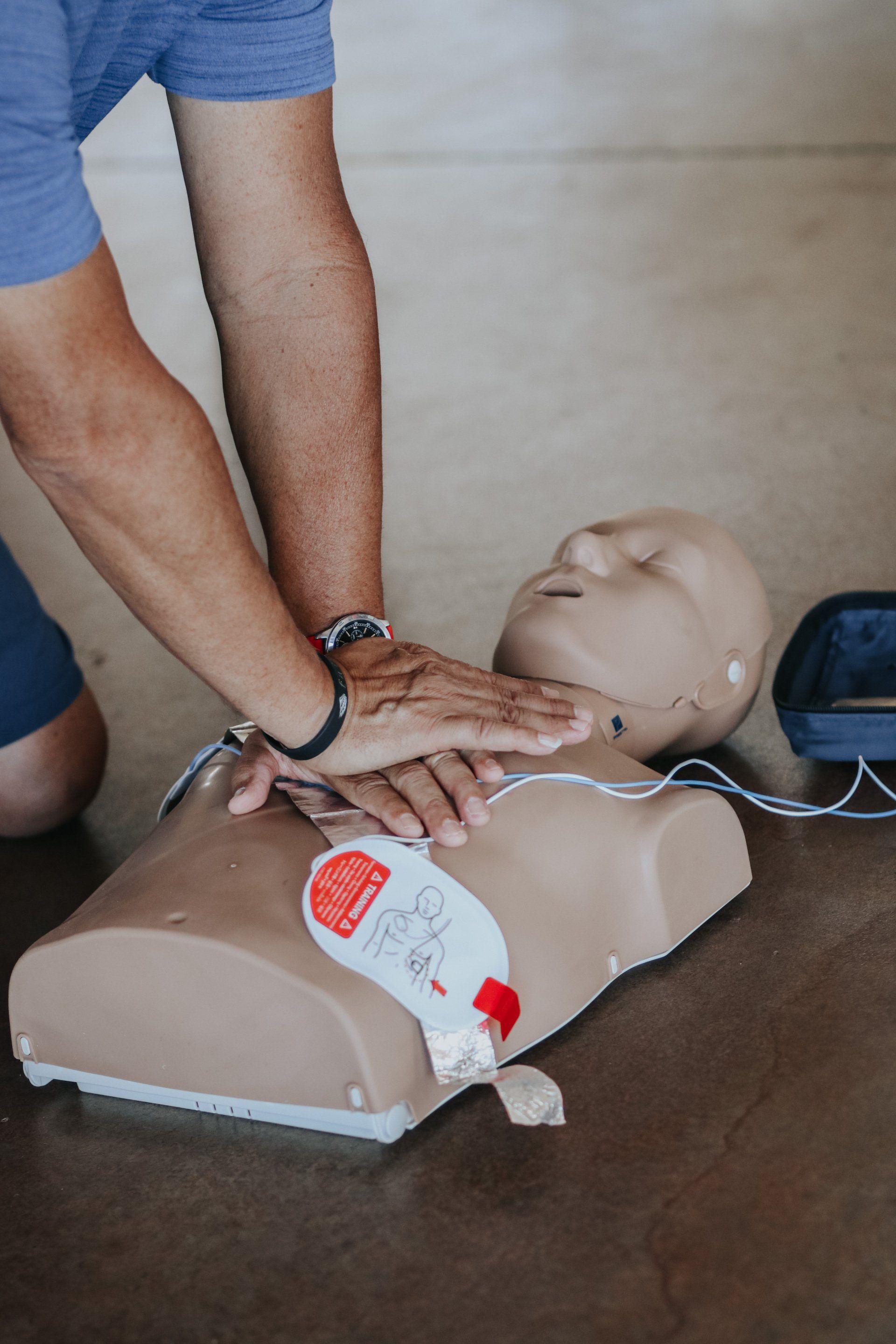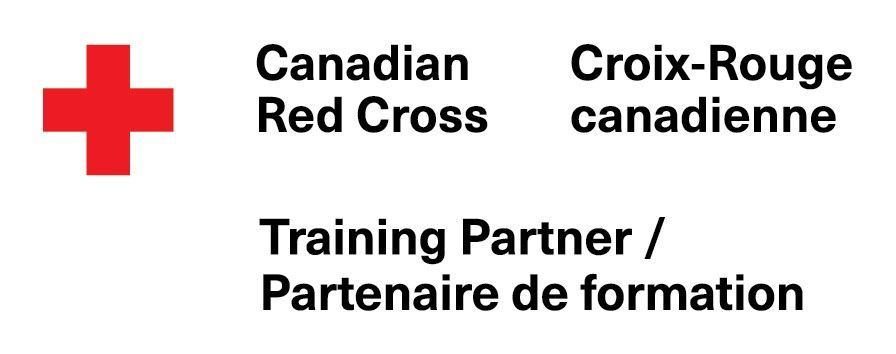Bridging the Gap: Recognizing the Equality of Emotional and Physical Pain
In our society, the dichotomy between physical and emotional pain is deeply ingrained. While a broken bone is met with immediate sympathy and tangible support, emotional distress is often downplayed or dismissed. However, the truth is that emotional pain is just as valid and impactful as physical pain, and it's high time we start treating them with equal importance. This blog post delves into the reasons behind the disparate treatment of these two forms of pain and advocates for bridging the gap between physical and emotional first aid courses.
The Paradox of Perception:
From a young age, we are conditioned to understand pain through a physical lens. A scraped knee or a bruised elbow elicits visible reactions from those around us, garnering sympathy and prompt attention. However, emotional pain, which often lacks visible manifestations, is frequently underestimated or even overlooked. This paradox in perception perpetuates the idea that emotional suffering is somehow less significant or legitimate than its physical counterpart.
The Reality of Emotional Pain:
Emotional pain is a complex and profound experience that can be just as debilitating as physical injuries. Whether it stems from the loss of a loved one, the dissolution of a relationship, or the relentless pressures of life, the impact on mental well-being is undeniable. Conditions such as anxiety, depression, and grief can be as incapacitating as any physical ailment, yet they are often met with stigma, misunderstanding, or a simple "snap out of it" attitude.
Understanding the Disparity:
The disparity in how we treat physical and emotional pain is deeply rooted in societal norms, cultural expectations, and historical perspectives. Unlike a visible injury, emotional distress can be easily hidden, leading to a lack of acknowledgment or validation. Moreover, the invisible nature of emotional pain makes it challenging for others to comprehend the depth of someone's suffering, contributing to the stigma surrounding mental health issues.
The Need for Equal Treatment:
To foster a society that prioritizes holistic well-being, it is crucial to recognize that emotional pain is just as valid as physical pain. We must challenge the notion that seeking help for mental health struggles is a sign of weakness. Instead, it should be viewed as a proactive step towards healing and resilience. By acknowledging the equality of emotional and physical pain, we can create an environment that encourages open conversations and destigmatizes seeking support for mental health.
Bridging the Gap:
One practical way to address this issue is by bridging the gap between physical and emotional first aid courses. Currently, first aid training predominantly focuses on physical injuries and emergencies, leaving a significant void when it comes to mental health support. Integrating mental health awareness and first aid into existing programs can contribute to a more comprehensive and inclusive approach to well-being.
Incorporating Mental Health Education:
Expand first aid courses to include modules on mental health awareness and basic emotional first aid. Educate participants on recognizing signs of emotional distress, providing initial support, and guiding individuals towards professional help.
Destigmatizing Mental Health Discussions:
Create a safe space within first aid training environments for open discussions about mental health. By normalizing conversations around emotional well-being, we can break down the barriers that contribute to the disparate treatment of physical and emotional pain.
Teaching Active Listening Skills:
Enhance first aid courses with modules on active listening and empathy. Effective communication is crucial in providing emotional support, and these skills can empower individuals to better understand and respond to someone in emotional distress.
Promoting Self-Care Practices:
Integrate self-care strategies into first aid training, emphasizing the importance of emotional well-being. Teaching individuals how to recognize their own emotional needs and practice self-compassion contributes to a more resilient and mentally healthy community.
It's time to acknowledge that emotional pain is just as real and impactful as physical pain. By bridging the gap between physical and emotional first aid courses, we can foster a more compassionate and supportive society. Let us challenge the existing norms, destigmatize mental health discussions, and create a world where seeking help for emotional distress is met with the same empathy and urgency as seeking aid for physical injuries. In doing so, we pave the way for a more inclusive and holistic approach to well-being.







